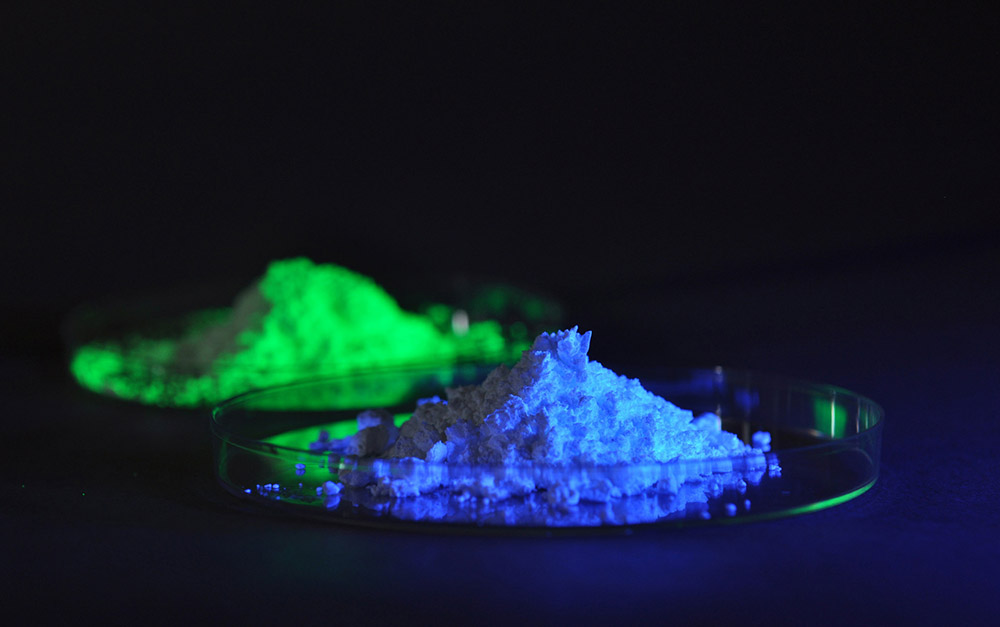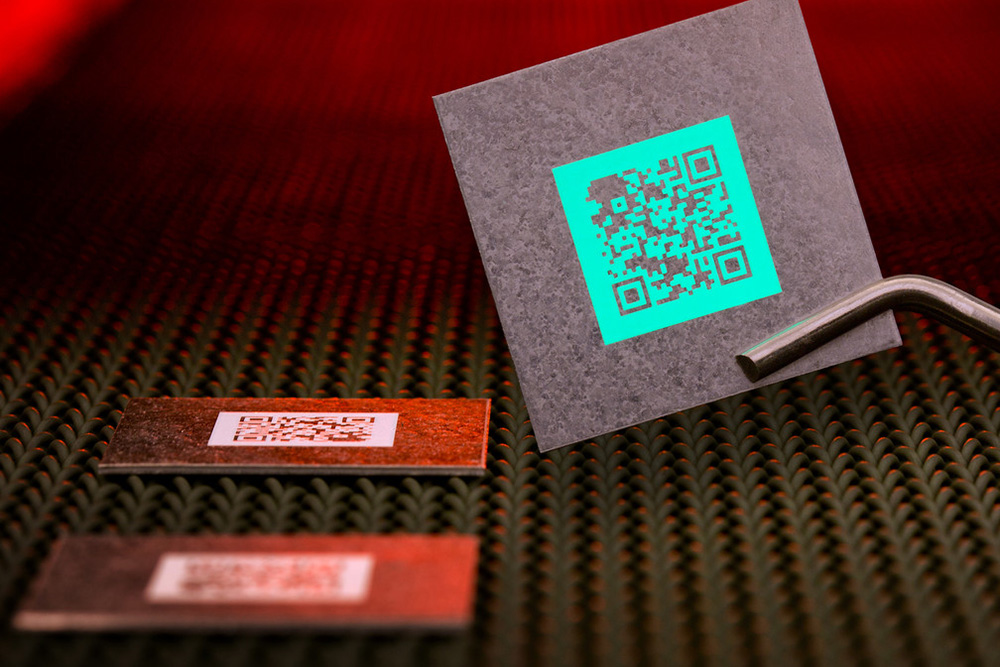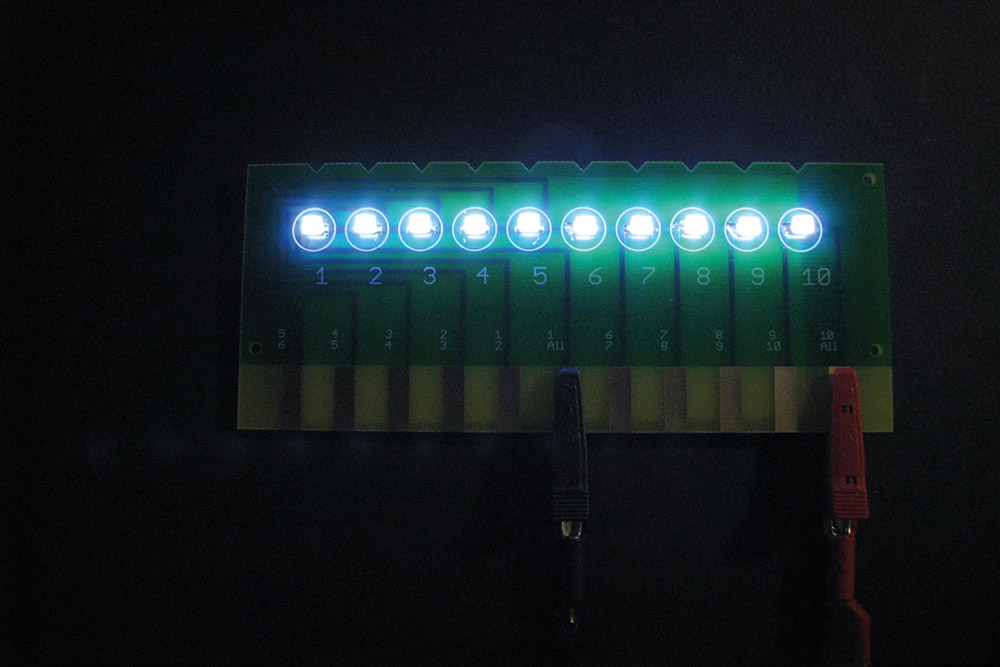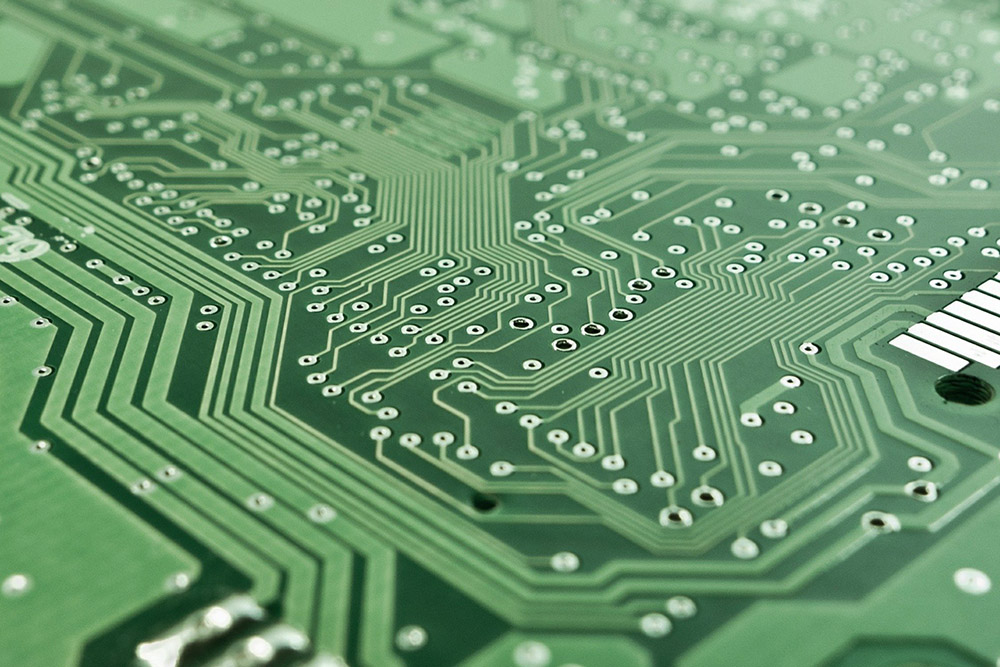Author: Hilde-Josephine Post | Translation: Stephanie Anderseck
Functional ceramic phosphors reveal the maximum temperature of electronic components or circuit board hotspots
Failures of electronic components or even complete circuit boards can be expensive. Electronics, power electronics and sensor system manufacturers now could use functional ceramic phosphors developed at the Fraunhofer Institute for Ceramic Technologies and Systems IKTS to determine exactly how hot a defective component has become or where the hotspot was on a printed circuit board. This gives manufacturers advantages in the event of complaints and can contribute significantly to quality improvement and product quality assurance.
Phosphors are becoming increasingly important for industry. Researchers at IKTS recognized this at an early stage and took a closer look at functional ceramic phosphors and characterized them. Now, this research is paying off in the form of exciting applications. A phosphor can be excited by light pulses. It reacts with a response and then glows itself, but usually in a different wavelength than the exciting light. "We have found special phosphors that have unique properties. We make use of these and develop, for example, low-cost solutions to track the peak temperature on components. To my knowledge, this is unrivaled so far," explains Dr. Arno Görne, group leader of the "Functional Materials for Hybrid Microsystems" team at IKTS.
Phosphor inks reliably mark steel sheets and withstand hot forming processes
First, the IKTS experts produce the phosphor as a powder, which can then be further processed, depending on the application requirement. These are inorganic phosphors. "The inorganic ones can tolerate much higher temperatures than the organic ones and can be processed into ceramics," explains Dr. Görne. Thus, fluorescent pastes, inks, varnishes or discs, rods and other solid ceramic moldings can be produced. "Our markings using fluorescent inks have proven to be a successful application," emphasizes the group leader. They contain fine ceramic phosphor powder, which is printed on steel sheets with an inkjet printer to identify them. Dr. Görne continues: "In the automotive industry, for example, this allows steel sheets to be tracked even after they have been through hot forming processes. Other markings cannot withstand temperatures of around 900 °C. This is only possible with very expensive solutions. Our, comparatively inexpensive, method works so well that two years ago IKTS spun off a start-up called Senodis Technologies GmbH, which is now very successfully marketing this functional ceramic ink marking solution."
Phosphor paint reveals peak temperature of components and circuit boards in case of damage
Dr. Görne's team finds the current research project, which is very promising for electronics, the power electronics industry and sensor manufacturers, particularly exciting: the focus here is on a functional ceramic phosphor coating. The experts paint it on components, parts or circuit boards to track what maximum temperature a component or hotspot on the circuit board has been exposed to. "We have found phosphors," says the group leader, "for which the decay time changes above a certain temperature. Our tests even showed that this change was independent of the time at this temperature, even after hours. In this way, it is possible to precisely trace which maximum temperature a component had reached when it was defective. As far as I know, commercial solutions cannot do this, because the phosphors change with temperature change and exposure time." Dr. Görne continues: "With our solution, we offer a reliable indicator that shows the component manufacturer whether the temperature of the component had exceeded the specification data. In the event of damage, he is then able to prove this and can thus counteract liability claims."
"We are in the temperature range from about 125 °C to 325 °C. That's quite a broad and relevant range," notes the group manager. That is why this phosphor coating is also very well suited for power electronics. According to Dr. Görne, phosphor marking is becoming increasingly important with the energy transition to master completely new challenges.
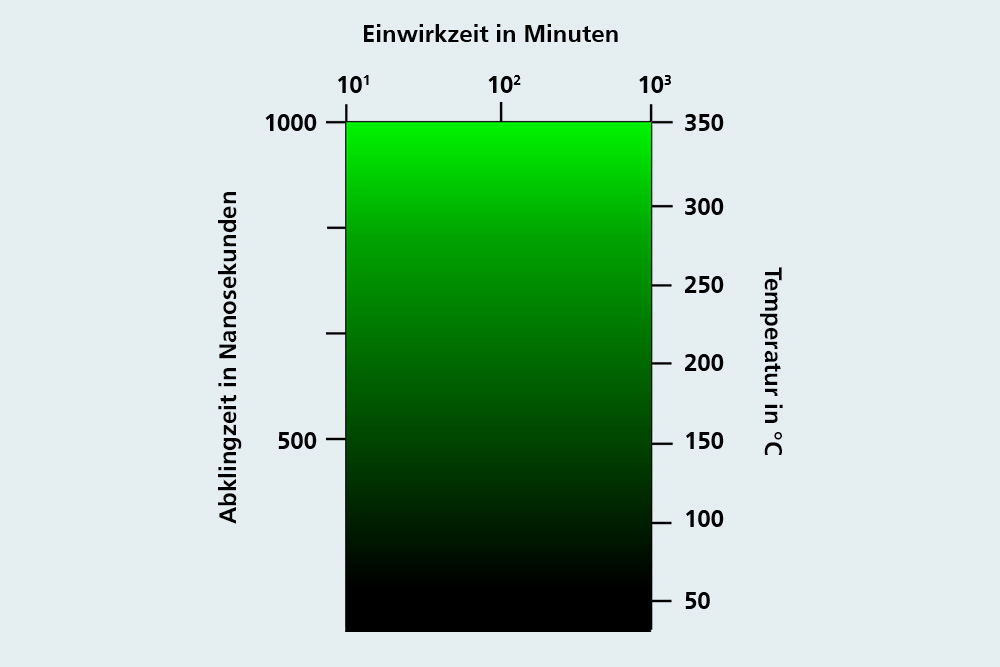
Functional ceramic phosphors help to significantly improve the quality of electronic components
"We have now well characterized the phosphors as a material and know how they behave," emphasizes Dr. Görne. Now, the first tests are underway with electronic components. For this reason, the IKTS experts are increasingly seeking contact with interested partners from the electronics, power electronics and sensor industries for pilot projects. The idea is to demonstrate how the components can be marked and then put them through their paces together to see what added value the phosphor brings. "We have developed the method for temperature testing and, as IKTS, provide the evaluation hardware and software for this," says the group leader.
Product development departments in the electronics industry can already benefit from the phosphor coating without having to make major investments. Dr. Görne explains: "The product developer can use this coating variant to see how his new component behaves on the board. He gets additional information via the phosphor marking, which he cannot obtain with any other test method. This can contribute enormously to improving product quality and quality assurance." In terms of large-scale technology, it is possible to integrate the paint coatings into the production lines of PCB and component manufacturers in the future. This can later protect the electronics manufacturer from high liability claims in the event of complaints and saves costs. With years of experience as a system provider, IKTS also supports the technical production implementation. "We keep discovering interesting niches with regard to phosphors," reveals the group manager in conclusion. "One of our goals is to further develop temperature tracking. This could be useful in heat treatment in ceramics production or steel processing. Here, it's then no longer just about the maximum temperature, but also the temperature and time profile."
Further information
- IKTS Group "Functional Materials for Hybrid Microsystems"
- IKTS Group "Optical Test Methods and Nanosensors"
Stay informed: You are welcome to subscribe to our newsletter, read our other blog articles and follow us on LinkedIn, Instagram and YouTube.
